I originally published this post on February 8, 2023, when I had 47 subscribers. Many of you have subscribed since then, so I’m sharing it again in case you missed it.
Also, I’m so bogged down with other stuff I haven’t been able to write a new post that’s worth reading. Enjoy this blast from the past.
And if you haven’t subscribed yet, please do.
About twenty years ago, I took a college course called Mythology and Modern Life and wrote a paper that applied Joseph Campbell’s description of the Hero’s Journey to the life of a real person: Shri Dhyanyogi Madhusudandas-ji, my Guru’s Guru. It was a pretty good paper. Got an A.
I publish posts in this column based on a simple idea: if I’m interested in a topic, you might also be. After rereading the paper, I decided to make it less academic and share it with you.
Here’s the rewrite:
Kashinath Mishra was born in Bihar, India, in December 1877. He left the body known as Shri Dhyanyogi Madhusudandas-ji (the suffix “ji” is a term of respect) in Ahmedabad in August 1994. He was 116 years old. If ever there was a living being who traveled the Hero’s journey, it was Dhyanyogi-ji. He was a wandering holy man, a saint, a teacher, and a lot more.
Much of his story seems mythical (if not apocryphal), but those who knew him know that each tale is true. Still, the parallels to myth are fascinating.
I didn’t get to meet Dhyanyogi-ji during his years on Earth, but I’ve been fortunate to learn from his story and teachings, and I’ve also been able to experience his presence in my life. Most references to his life in this essay come from his biography, This House Is On Fire – The Life of Shri Dhyanyogi, as told by Shri Anandi Ma (2004, Dhyanyoga Centers). Shri Anandi Ma is Dhyanyogi-ji’s spiritual heir and my principal Teacher (see my earlier post, I Never Wanted a Guru.
Dhyanyogi is my teacher’s teacher. We refer to him as Guruji.
Joseph Campbell’s description comprises twelve stages that define the Hero’s journey. Dhyanyogi-ji’s life didn’t always follow these stages in the order listed by Campbell, but he passed through each stage and moved through the whole journey.
Stage One – Ordinary World
Young Kashinath Mishra’s world was not ordinary by our standards. The India of the late 19th Century was a land of faith and mystic tradition. Four months before Kashinath’s birth, his mother Sampattidevi had a dream in which she had a vision of Lord Krishna:
“A very great being is going to be born to you,” he said. Don’t misunderstand him. Don’t mistake him for an ordinary person. Take great care of him” (This House Is On Fire, p.12).
Of course, the prophetic dream here parallels Mary’s visitation by the angel Gabriel –
And in the sixth month, the angel Gabriel was sent from God unto a city of Galilee, named Nazareth, to a virgin espoused to a man whose name was Joseph, of the house of David; and the virgin’s name was Mary. And the angel came in unto her, and said, Hail, thou that art highly favoured, the Lord is with thee: blessed art thou among women. And when she saw him, she was troubled at his saying, and cast in her mind what manner of salutation this should be. And the angel said unto her, Fear not, Mary: for thou hast found favour with God. And, behold, thou shalt conceive in thy womb, and bring forth a son, and shalt call his name JESUS. He shall be great, and shall be called the Son of the Highest… (Luke, Chapter I, Verses 26 – 32, King James Version).
As well as the Brahmins’ interpretation of the prenatal dream of Lord Buddha (Gautama)’s mother:
“Be not anxious, great king!” said the Brahmins; “a child has planted itself in the womb of your queen, and it is a male child and not a female. You will have a son. And he, if he continue to live the household life, will become a Universal Monarch; but if he leave the household life and retire from the world, he will become a Buddha, and roll back the clouds of sin and folly of this world.” (Jataka, introduction, p. 50)
Stage Two – Call to Adventure
Kashinath was a serious child, not given much to play. He spent most of his time in the company of spiritually-minded relatives (This House Is On Fire, Chapter 3). The only play the boy enjoyed was running, and moving quickly was a trait that would follow him throughout his life.
Kashinath’s call to adventure was an inner urging rather than an external influence. Even as a boy, he was obsessed with two questions: ‘Who am I?’ and ‘What is death?’ Knowing that he would not find the answer to these questions in his little village, he decided to leave home and family and seek the answers.
Stage Three -- Refusal of the Call
Unlike most mythical heroes, Kashinath did not refuse the call. He left home at the age of seven. His family thrust the refusal upon him. They quickly found him and brought him home, but he managed to leave for good at age thirteen.
Stage Five – Crossing the First Threshold
Kashinath’s leaving of home and family constitutes the crossing of the threshold. Dhyanyogi-ji’s story is not the only one in which the Hero crosses the first threshold before meeting the Mentor. For example, you can say that in Star Wars, Mos Eisley is the first threshold location. The actual crossing is Luke Skywalker’s decision to leave home and follow the call before being taken as a student by either of his Mentors (Obi-Wan Kenobi or Yoda).
If there is a second threshold, it would be the vows of the sannyasin (in which one completely gives up his old life and identity), which Kashinath took at the age of 27. From then on, he would be known as Madhusudandas, no longer tied to the person he once was.
Stage Four – Meeting the Mentor
Although he would learn and master many practices and techniques, Madhusudandas would not meet his true Guru for thirty years. His genuine and final Mentor was Swami Parmeshwardasdji, whom he met while performing austerities on Mt. Abu. Although they were only physically together for a short time, Parmeshwardasji would help Madhusudandas find the answer to his questions and set him on his true path for the rest of his life.
Parmeshwardasji gave Madhusudandas the gift of Shaktipat initiation, a transfer of spiritual energy from a self-realized being that awakens the Kundalini Shakti at the base of the spine. This initiation, combined with his thirty-year sadhana (spiritual quest), brought him to immediate self-realization in an extended meditation.
Madhusudandas had already initiated himself into manhood by leaving home at the Bar Mitzvah age of thirteen. He had been initiated into the transformation of Self by taking the vows of sannyas. This final initiation and awakening was the actual transformative experience of his life, answering his questions and introducing him to the Divine within himself. “Dhyan” means meditation, and Parmeshwardasji gave him the name Dhyanyogi.
Dhyanyogi Madhusudandasji’s quest was only beginning.
Stage Six – Tests, Allies, Enemies
Dhyanyogi-ji had been tested throughout his thirty-year sadhana: tested by hunger, temptations of various kinds, and the dangers of the jungle (This House Is On Fire has a beautiful story of Dhyanyogi-ji’s meeting with a tiger). As time passed, he was tested by illness, by the challenge of his teachings being misunderstood, and by betrayal, but ever the true hero, Dhyanyogi-ji always prevailed.
In most myths, the allies that come after the Hero’s initiation are in most ways less than equal to the Hero in valor or accomplishment, and it is no less true in Dhyanyogi-ji’s case. His allies were his disciples. Dhyanyogi-ji’s students in India sought him out, asked him for initiation, and studied at his feet. What made them allies was their willingness to help him in performing his work materially and spiritually. His disciples came from every class, caste, and walk of life. Like Lord Rama in the Ramayana, his friends were royalty, forest people, and everyone in between.
In his late eighties, he took on a disciple who would become his spiritual heir. He gave her the name Asha Devi and later the name Anandi Ma. She and another advanced disciple, Dileepji Pathak, became his greatest allies. They would marry and carry Dhyanyogi’s work to America.
Stage Seven – Approach
Shortly after receiving Shaktipat himself, Dhyanyogi-ji was charged with a mission, given to him in meditation by his Guru. To return to the Star Wars comparison, I think of Obi-Wan coming to Luke in the fighter and telling him to “use the force.”
Dhyanyogi’s mission was to give Shaktipat to all who desired it and to disseminate yogic knowledge publicly. Before Dhyanyogi’s time, very few received Shaktipat – only students who had prepared and studied for years. Dhyanyogi-ji (along with a handful of other saints) decided to give Shaktipat to all seekers and let the Kundalini energy work with them as it willed. He ran an Ashram in Bandhwad for many years and then an Ashram in Hansol, Ahmedabad. Many came, and many received the gift of Shaktipat.
Stage Eight – Ordeal
In 1973, Dhyanyogi-ji had a near-death experience, which he describes in his book, “Death, Dying and Beyond.” As far as the disciples present at the time could tell, he was dead. During this experience, he had a vision of Lord Rama, who told him that he could not stay away from his body as many people were still waiting for his help. With Asha Devi’s assistance, he was revived, and soon after, he decided to go to America.
Stage Nine – Reward
Perhaps Dhyanyogi-ji’s reward came when he met Parmeshwardas-ji, received Shaktipat, and had all his questions answered. But as Dhyanyogi-ji had dedicated his life to the service and teaching of others, his reward was continuous. Shaktipat and his realization experience had given him the power and apparatus to serve others in new and vitally important ways.
Stage Ten – The Road Back
There was never a road back for Dhyanyogi-ji; the road always moved forward. However, if the Hero’s Journey defines the Road Back as the Return to the Ordinary world, there was never a world quite so ordinary as the United States. Dhyanyogi-ji sent Dileepji to America to study and prepare. He came later with Asha Ma and spent four years (1976 – 1980) in this ‘ordinary world,’ giving Shaktipat and gathering a small group of American disciples. He was ninety-eight years old when he made the journey to America.
If the “road back” was his return to India, that was not a seemingly triumphant return but one accompanied by poor physical health and a slowing down. He was one hundred and two years old.
Stage Eleven – The Resurrection Hero
Dhyanyogi-ji was a resurrection hero from his near-death experience everafter. That experience led him to America to bring his teachings here.
One of the elements of this stage is the Hero’s use of all he has learned:
I have always heard about Dhyanyogi-ji’s walking speed. At 100 years old, no one could keep up with him. His swiftness was confirmed to me by the son of a disciple who told me that Guruji (Dhyanyogi) had challenged him and his sister and brother to a race when they were small. “We knew we could beat this old man, so we agreed. We ran, and he walked. We weren’t even close.”
Dhyanyogi-ji could manipulate his heart rate and body temperature. He often used this ability to demonstrate the power of life energy (prana) and the skills that could be gained through meditation and practice. He also used his ability for fun; he enjoyed teasing doctors by giving himself a high fever and then dropping it to normal.
Stage Twelve – Return with Elixir
As soon as Dhyanyogi-ji began to give Shaktipat to all who asked, that was his Return. He always used his abilities to help others, and even now, many years after leaving his body, his teachings and presence in the lives and work of his disciples live on to help humanity. Guruji said, “I am always with you.”
And for those of us who know him, he always is.
If you enjoyed this post, don’t keep it to yourself - press the SHARE button!





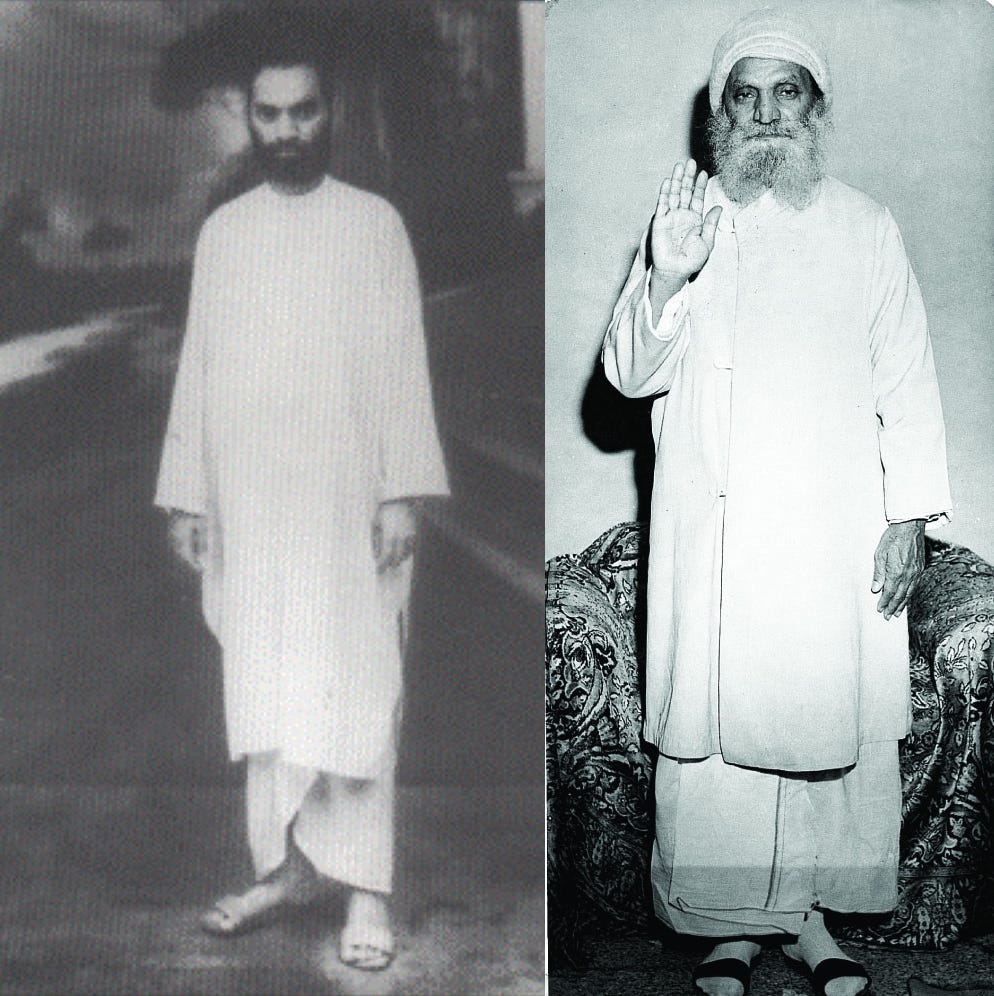
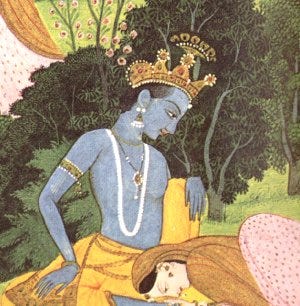
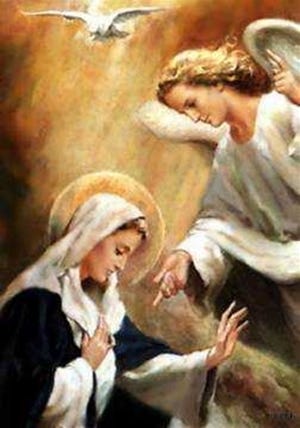
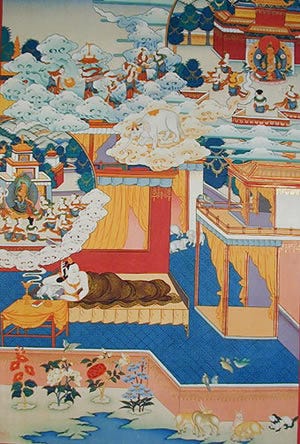
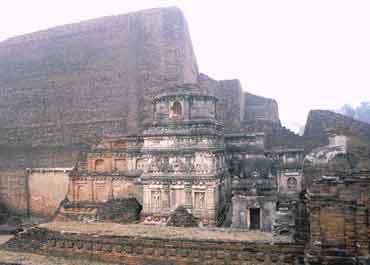
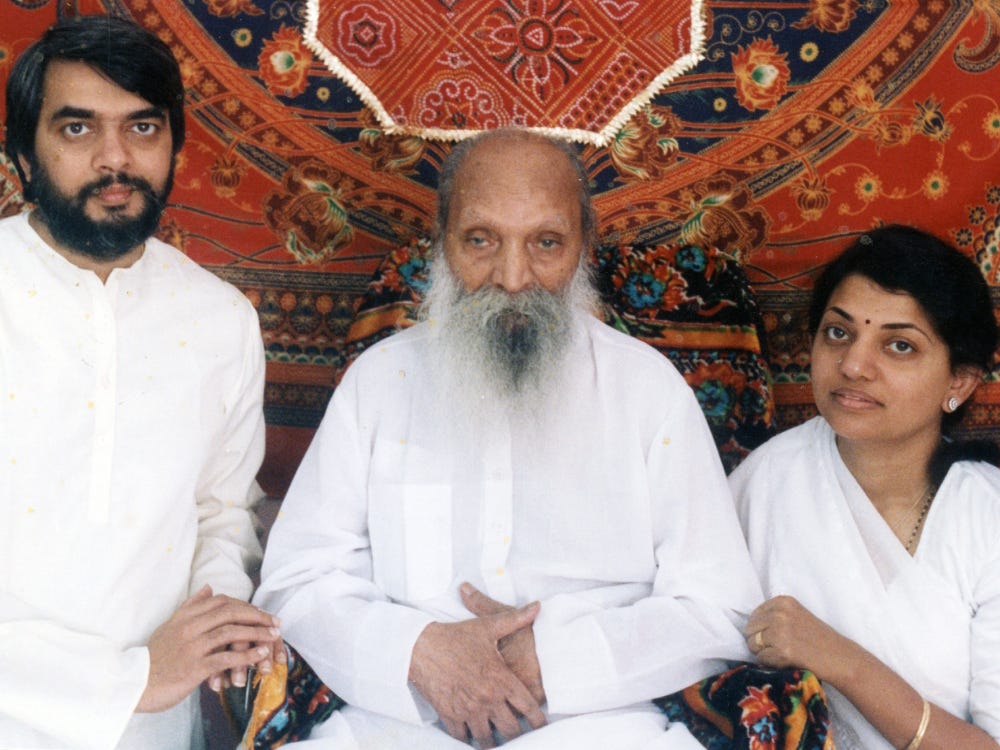
Fascinating. Thanks for sharing this. I do TM, from Maharishi Mahesh Yogi, and I remember someone telling me that in the hotel they were staying in, the lift had stopped working. M MY raced up the stairs, and the young people in their twenties or thereabouts could not keep up with him. He was around 70 at the time!
I did experience shaktipat once, from Swami Muktananda. Maybe I'll write about that some time.
heros come in many shapes, sizes, colors. nice nice piece